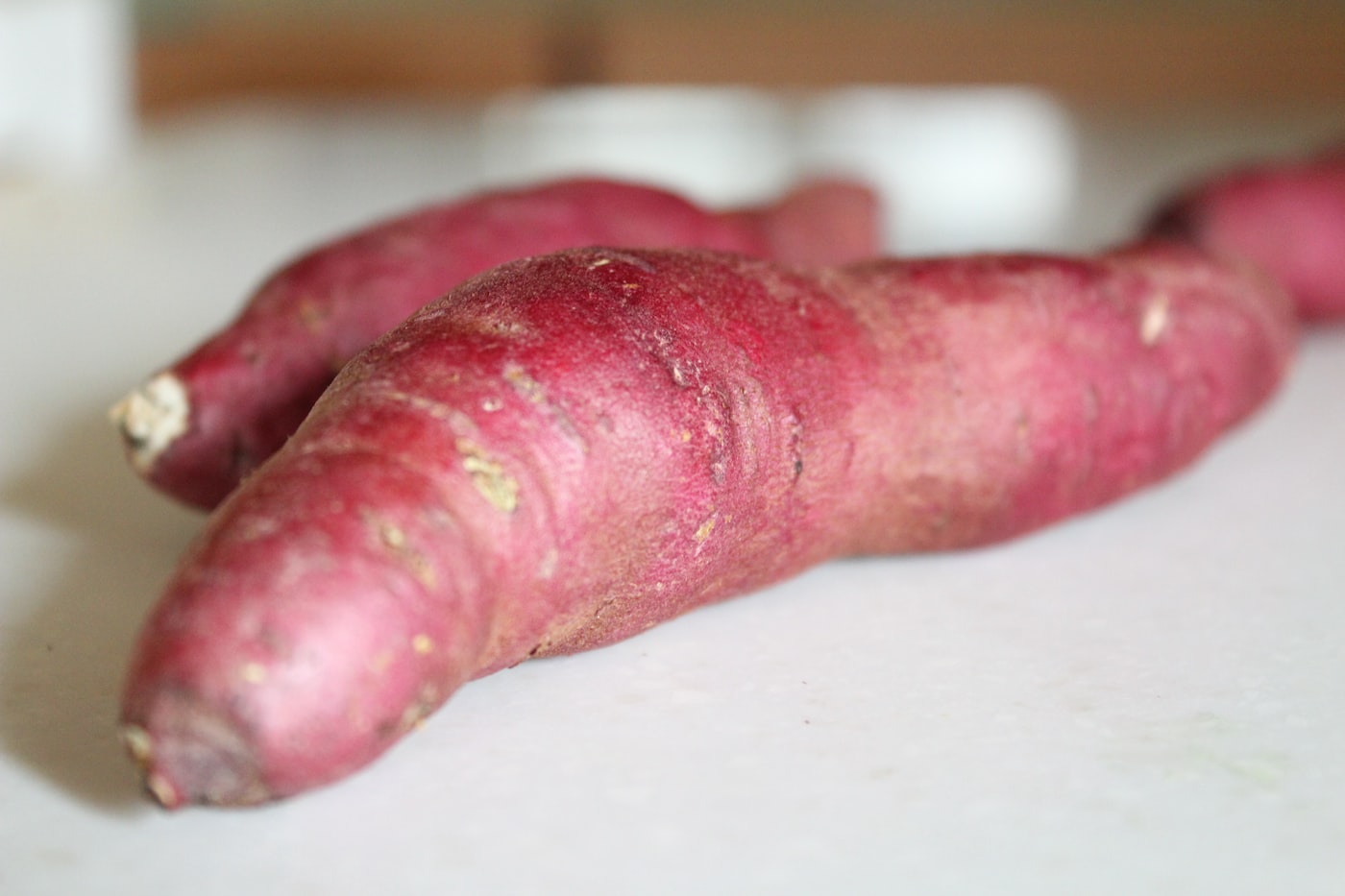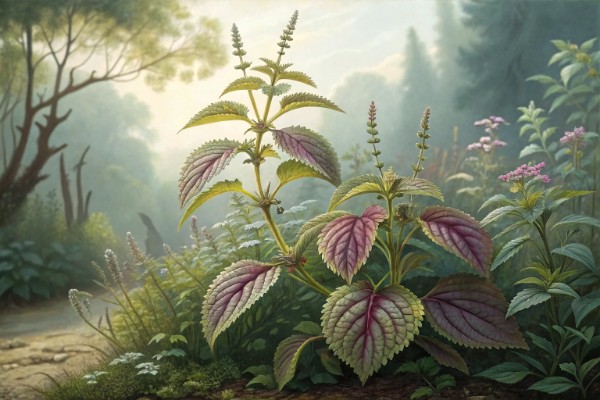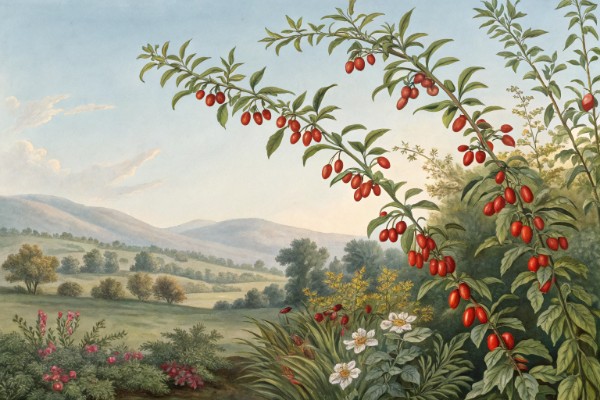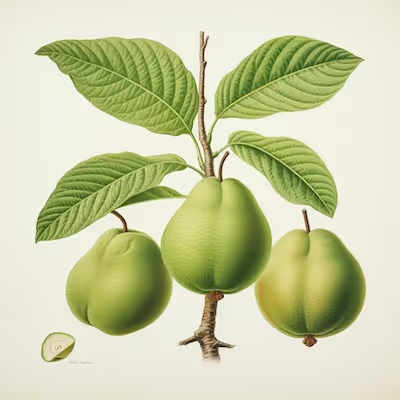Growing Chinese Artichokes: A Gardener's Elegant Guide

Growing Chinese Artichokes
Growing Chinese artichokes starts with planting these tasty tubers in loose, well-drained soil during early spring. Space plants about a foot apart, give them consistent moisture, and watch for bushy foliage signaling healthy growth. After the first fall frost, dig gently to uncover crunchy, nutty-flavored tubers perfect for stir-fries or pickling. Curious about cultivating this unusual delicacy? Here's your quick guide to growing abundant, flavorful Chinese artichokes in your own backyard.
Growing Chinese Artichokes, elegantly
I grow Chinese artichokes for their pearly coils, crisp bite, and a nutty echo of globe artichoke without the fuss. You will see them labeled crosnes or chorogi, and botanically they are Stachys affinis in the mint family.
Flavor, kitchen, and why they’re worth the bed space
Raw, they snap like a water chestnut with a sweet, cool finish. Quick sauté with butter and lemon, or pickle them and watch guests go quiet, then grin.
Site and soil
Choose full sun for best tuber set, though they tolerate light shade in hot summers. Aim for friable loam, pH 6.0 to 7.5, with sharp drainage to prevent winter rot.
I till in mature compost, then back off on nitrogen so plants build underground instead of going leafy. In heavier clay, I grow them in raised beds or 20 gallon containers to keep tubers clean and digging civilized.
Planting calendar
Plant tubers in early spring when soil hits 50 to 55 F, 10 to 13 C. In colder zones, I start in pots under bright light and transplant once frost risk passes.
Tuber formation kicks in late summer as days shorten. Harvest begins after first light frost, which sweetens the stash.
Short days cue tuberization, so the late season is your yield engine.
How I plant
Set tubers 2 to 3 inches deep, 5 to 7.5 cm, with eyes facing up if you can tell. Space 8 to 12 inches apart, 20 to 30 cm, in rows 18 to 24 inches, 45 to 60 cm.
Water to settle soil, then mulch with 2 inches, 5 cm, of straw or shredded leaves to keep them clean and moist. I keep moisture steady at roughly 1 inch, 25 mm, per week through summer.
Containment and spread control
Missed tubers sprout next year, which is either abundance or a headache. I corral plants with a root barrier or use stock tanks and harvest completely, fork and fingers, like I’m picking pearls from sand.
Fertilizing the right way
Feed lightly at planting with a balanced organic fertilizer, then side-dress once at midsummer. Overfeeding with nitrogen makes lush tops and skinny tubers.
Daylength, heat, and cold
They are hardy perennials in roughly USDA Zones 5 to 9. Summer heat over 90 F, 32 C, can stall top growth, so mulch deep and water early mornings.
Pests, diseases, and clean stock
Slugs love the tender tops, so I set iron phosphate bait and keep mulch pulled back from stems. Voles will hoard tubers, and I trap or guard beds with hardware cloth baskets.
Aphids sometimes gather on stems, and a hard water spray or insecticidal soap clears them fast. Source certified, disease-free tubers to avoid bringing in viruses common to Lamiaceae crops.
Harvest technique
Wait until tops yellow in late fall, then lift with a broadfork and finish by hand to avoid snapping the delicate curls. I harvest as needed through winter when soil is workable, which keeps quality high.
If deep freeze locks the bed, I lay a thick straw blanket in late fall for easier digging. A quick rinse in a bowl of water loosens soil from all those ridges.
Storage and prep
Eat fresh for peak texture. For short storage, wrap in damp paper towels in a vented bag in the fridge, 1 to 2 weeks, or bury in barely moist sand in a lidded tote in a cool spot for a month.
Do not peel them. A soft vegetable brush or a pinch of coarse salt swirled in water takes care of grit in the grooves.
Yield expectations
In my beds, one healthy plant returns 0.75 to 1.5 pounds, 340 to 680 g, depending on season length and moisture discipline. A 4 by 8 foot bed, 1.2 by 2.4 m, nets a generous basket for holiday cooking and plenty of starts for next spring.
Rule of thumb: steady water in August and September pays you more than any extra fertilizer ever will.
Buying guide and sourcing
Look for firm, pearly white tubers with no soft spots or shriveling. Order from specialty seed houses or culinary growers that ship live tubers in late winter or early spring.
Vendors sell by the dozen or by weight, and I budget for over-ordering by 20 percent to allow for kitchen experiments and the few that dry out. Shipping windows matter, so choose dates that align with your soil warming to 50 F, 10 C.
Variety notes
Named cultivars are rare, and most stock is a standard white form. Quality varies by supplier and how the mother plants were grown, so stick with vendors that rotate fields and publish growing conditions.
Companions, rotation, and bedmates
I rotate them on a 3 to 4 year cycle away from other mint family herbs like mint and oregano. Low, non-invasive companions like scallions and calendula work between rows and help flag the bed during dieback.
Avoid aggressive stolon spreaders nearby. Keep the bed weeded early, or the narrow stems get lost in summer and yields lag.
Chinese artichokes vs similar crops
- Chinese artichokes, Stachys affinis: small, crisp, mild, short-day tuber set, best after frost.
- Sunchokes, Helianthus tuberosus: taller plants, larger knobbly tubers, stronger flavor, can cause gas due to inulin.
- Oca, Oxalis tuberosa: tangy tubers, color range, needs very late season, sensitive to frost on tops.
- Yacon, Smallanthus sonchifolius: big plants, juicy sweet tubers, needs curing for sweetness.
My field notes and fixes
- Stringy, small tubers mean too much shade or nitrogen. Thin tops by midseason and cut fertilizer next time.
- Hollow tubers show drought pulses. Add drip and mulch thicker in late summer.
- Plants disappearing overnight usually means voles. Line trenches with hardware cloth baskets at planting.
- Powdery leaves late season rarely hurt yield. I prune for airflow and let the clock do its work.
Seasonal playbook
- Late winter: order tubers, prep beds, test pH.
- Spring: plant at 50 F, 10 C soil, set drip, mulch lightly.
- Summer: keep moisture steady, side-dress once, slug patrol.
- Fall: deepen mulch, reduce water, lift first test clump after a light frost.
- Winter: harvest as needed, store surplus in sand or in-ground with straw.
Cooking ideas that respect the crunch
- Blanch 60 seconds, then sauté with butter, thyme, and lemon zest.
- Quick pickle with rice vinegar, sugar, and ginger for a vivid, snappy side.
- Roast at 425 F, 220 C, tossed with olive oil and coarse salt until edges color.
- Shave raw into shaved fennel and apple salad with a mustard vinaigrette.
Health and tolerance
They contain oligosaccharides like stachyose that some guts debate, similar to sunchokes but often milder. I introduce them in small portions for new diners and all goes well.
Credible voices to consult
- Royal Horticultural Society, cultural notes on lesser-grown root crops and bed hygiene.
- Kew Science, Plants of the World Online for taxonomic status of Stachys affinis.
- Plants For A Future, practical notes on growth habit, hardiness, and edibility.
- State and provincial Cooperative Extension publications on raised beds, drip scheduling, and vole control.
- Slow Food Ark of Taste entries that document culinary history of crosnes.
Pro tip from the fork and the kitchen
I harvest a bowl the morning I plan to cook, then keep another bowl in damp sand by the door like a root cellar on demand. The texture stays glassy, and the flavor blooms after that first frost like the garden finally exhaled.
Cheatsheet: Cultivating Chinese Artichokes for Gourmet Harvests
🌱 Site & Soil
Sandy, loose soil drains best. pH 6.5-7.5. Full sun. Avoid waterlogging.
🛠️ Tools and Products You'll Need
- Shovel & garden fork
- Mulch or straw
- Compost
- Starter tubers
- Soaker hose (optional)
🌸 Planting Steps
- Prep bed: Loosen 10 in (25 cm) deep. Add 2 in (5 cm) compost.
- Plant tubers 2-3 in (5-8 cm) deep, 12 in (30 cm) apart, late spring (soil 50°F/10°C+).
- Water well after planting. Keep moist, not soggy.
- Mulch to block weeds, retain moisture.
🌿 Care & Maintenance
- Water: 1 in (2.5 cm) weekly, more in heat.
- Hill soil around stems mid-season.
- Remove weeds early—plants spread quickly.
- Cut back tops after frost.
⏳ Harvest & Storage
- Harvest: 7-8 months after planting, after leaves yellow (late autumn).
- Gently dig tubers; clean with soft brush.
- Store: Damp sand or fridge, up to 2 months.
💡 Health & Kitchen Value
- Rich in inulin, iron, potassium.
- Low calorie. Supports gut health.
- Crunchy, nutty, prized in French & Asian cuisine.
Frequently Asked Questions About Cultivating Chinese Artichokes
What is the ideal planting environment for Chinese artichokes?
Chinese artichokes thrive best in well-draining, loamy soil enriched with organic compost. Choose a spot providing partial to full sun exposure, ideally receiving around 6 hours of sunlight daily, to support robust tuber formation.
What planting depth and spacing are optimal for healthy growth?
Plant each tuber approximately 2 inches (5 cm) deep, spacing them roughly 12 inches (30 cm) apart. Maintaining adequate space supports proper air circulation and simplifies harvesting later on.
How often should Chinese artichokes be watered?
Maintain consistent soil moisture by watering once or twice per week, sufficient to penetrate about 1 inch (2.5 cm) deep. Reduce watering frequency during periods of regular rainfall to prevent waterlogged conditions.
Do Chinese artichokes require fertilization?
Yes, apply a balanced, organic fertilizer—such as compost or well-aged manure—at planting time and again midway through the growing season. Proper fertilization helps stimulate healthy tuber development.
How long until Chinese artichokes are ready for harvest?
Typically, Chinese artichokes mature fully between 5 to 7 months after planting. Begin harvesting in late autumn, before the first frost, carefully digging out the tubers to minimize damage.
What is the best way to store harvested Chinese artichokes?
After harvest, rinse gently and air-dry thoroughly to remove excess moisture. Store the dried tubers in a cool, dark place at approximately 35-40°F (2-4°C), ensuring freshness and quality through the winter months.
Are Chinese artichokes susceptible to particular pests or diseases?
Most commonly, slugs and snails present challenges by feeding on foliage. Regular inspections and natural deterrents—such as diatomaceous earth or eggshell barriers—effectively control these pests. Ensure well-draining soil to prevent fungal infections and rot.
Growing Chinese Artichokes rewards the patient with crisp, nutty tubers that thrive where other crops might falter. These little gems ask for loose soil, steady moisture, and a bit of restraint—contain their wanderlust and they’ll fill your kitchen with something truly special. Rotate your patch, watch for weeds, and don’t be shy about sharing a few with curious friends. If you’re hooked on unusual edibles, you might also enjoy growing oca or jicama for more underground surprises. In the end, growing Chinese artichokes is about savoring the unexpected—one crunchy bite at a time.



